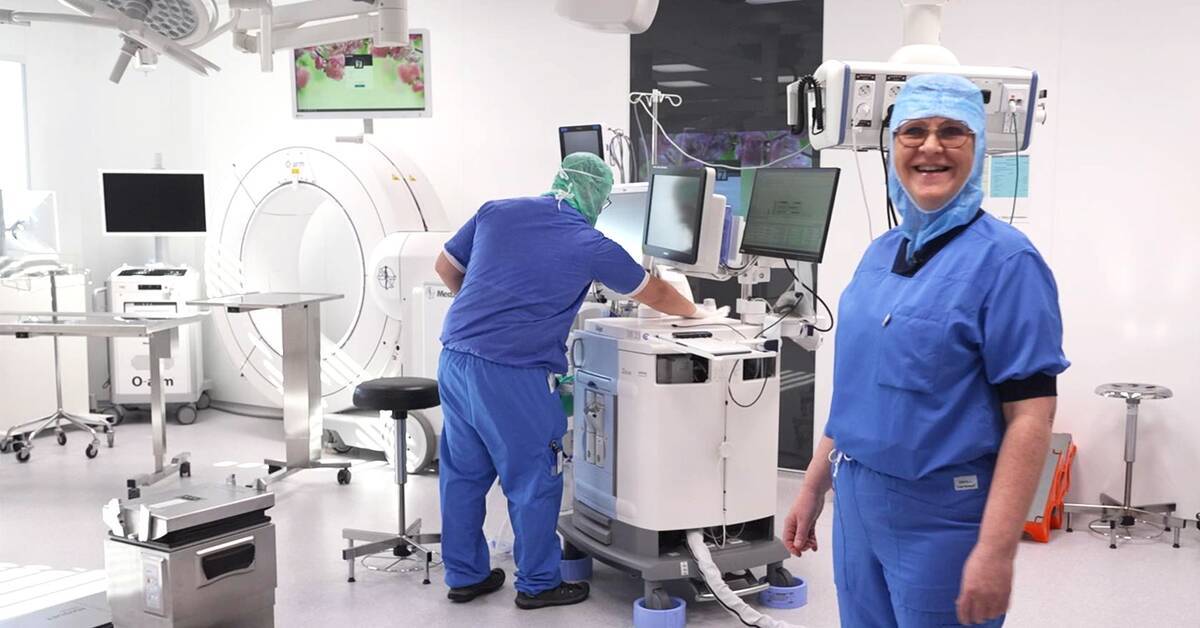There are still many who receive medical injuries every year.
In 2021, 87,000 patients were affected. That's 238 hospital patients a day who are needlessly injured by something that could have been avoided. But things are moving in the right direction.
Since Sweden's municipalities and regions began their measurements ten years ago, healthcare injuries in the country's hospitals have decreased by just under a third. That means 49,000 fewer casualties in a year compared to ten years ago.
"This is an effect of good safety work that we should be happy and proud of. The healthcare system has become better at identifying the injuries and at alleviating the consequences of them," says Pelle Gustafson, chief physician at LÖF-Patient Insurance.
Improvement despite major challenges
This positive development is happening despite the challenges that healthcare is struggling with, such as staff shortages, overcrowding and relocations.
Patients who are relocated to other wards, where they do not have the right expertise, are more than twice as likely to suffer from care injuries.
– We see that hospitals are more aware that there is an increased risk and then you follow up the patients in a special way, says Charlotta George, national chief nurse and expert in patient safety at the National Board of Health and Welfare.
Fewer injuries despite more reports
While the number of care injuries has decreased in recent years, never before have there been so many reports of care injuries to LÖF-Patient Insurance.
Last year, they numbered nearly 20,500.
"It may seem a bit paradoxical that reports are increasing at the same time as we have fewer and fewer injuries. Part of the explanation lies in the fact that there are more of us in Sweden, that more healthcare is being done and that it has become easier to make a report digitally. Younger generations are more likely to report," says LÖF's chief physician Pelle Gustafson.
At the surgery and orthopaedic clinic at Skåne University Hospital in Malmö, a few years ago there were major problems with infections after back surgery. In the video above, the surgical nurses tell how they got rid of the problem.

